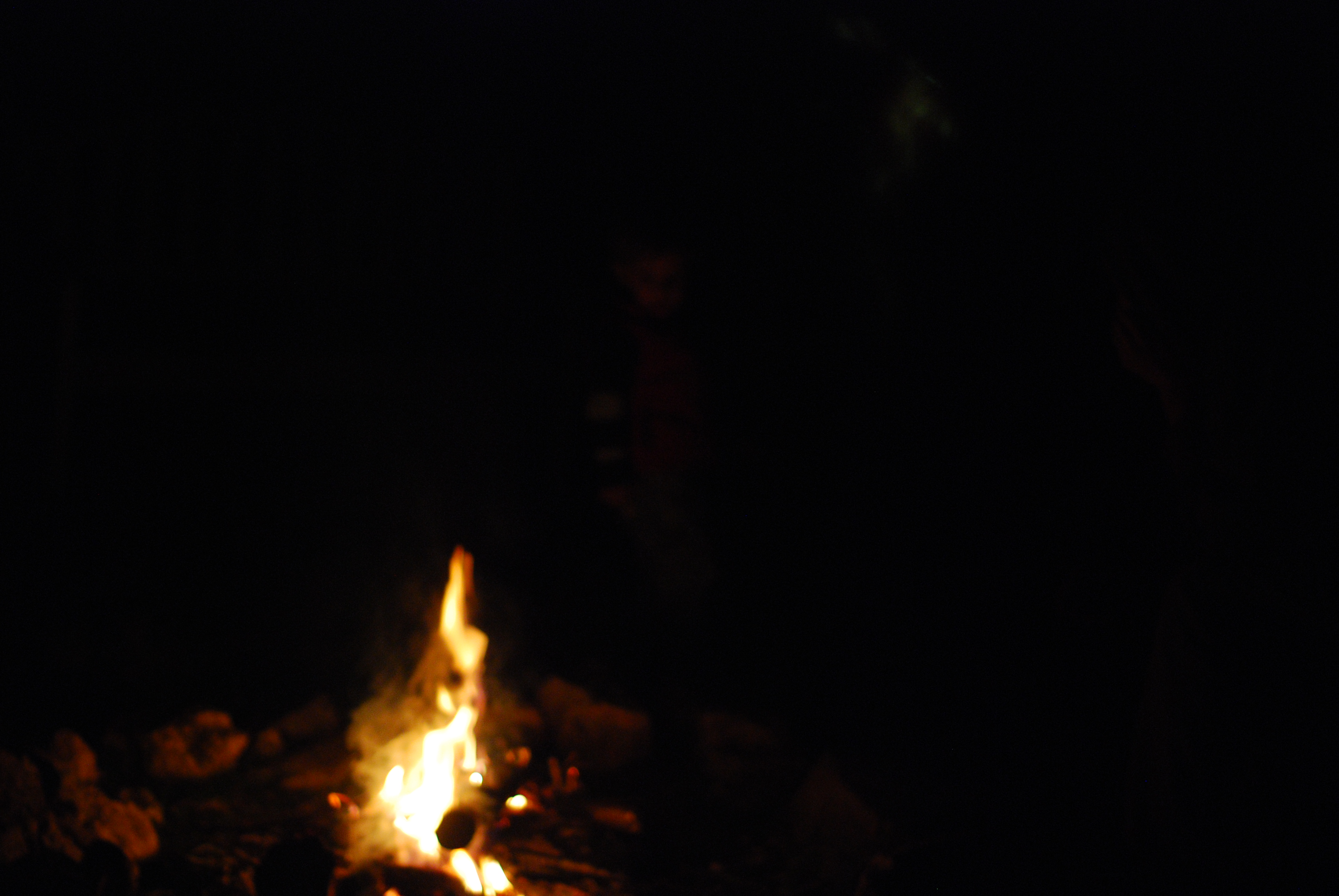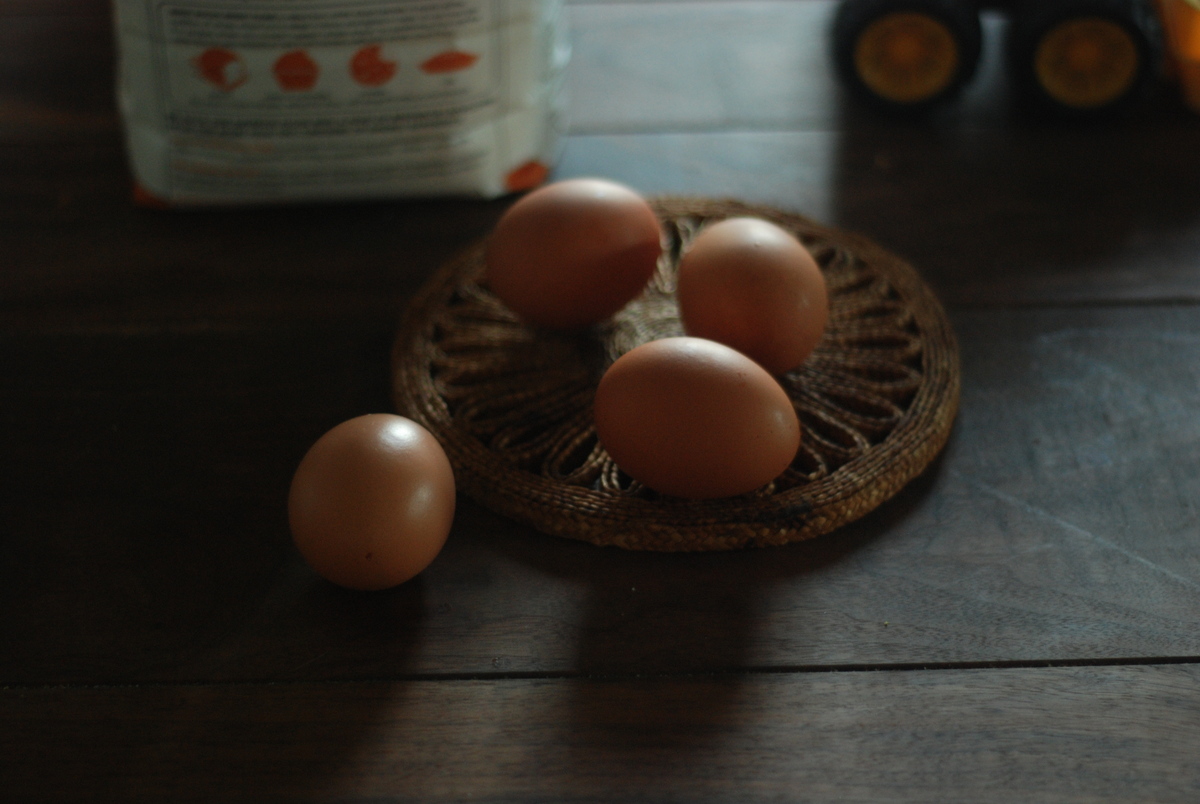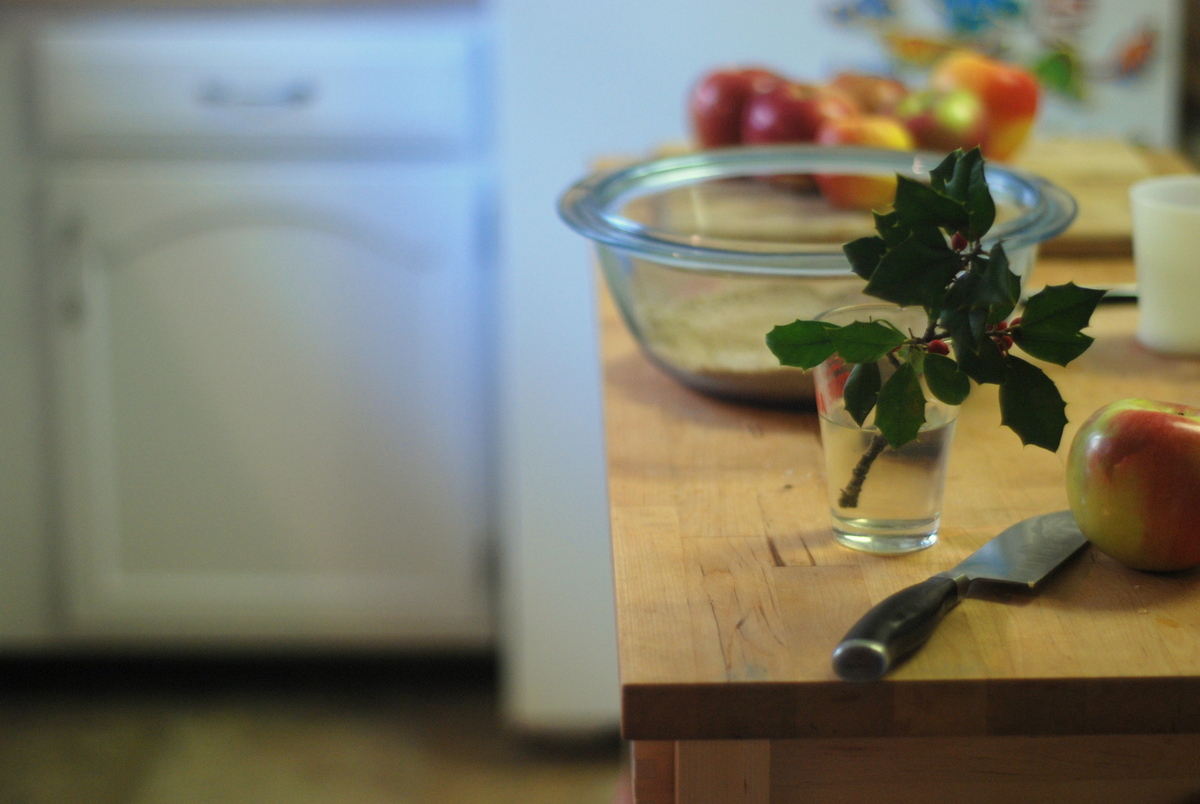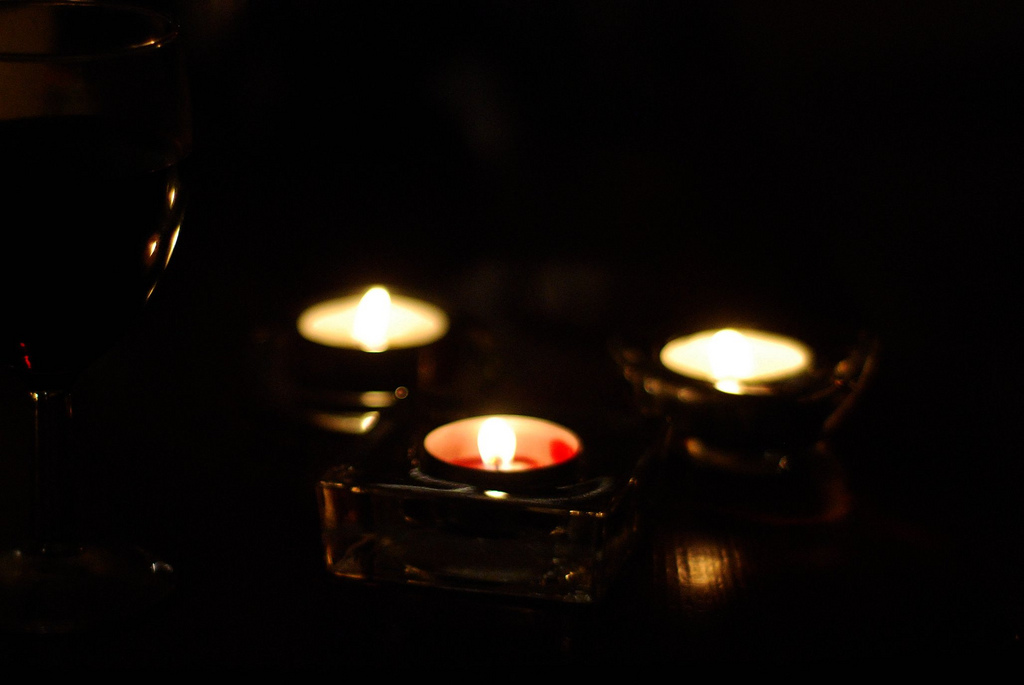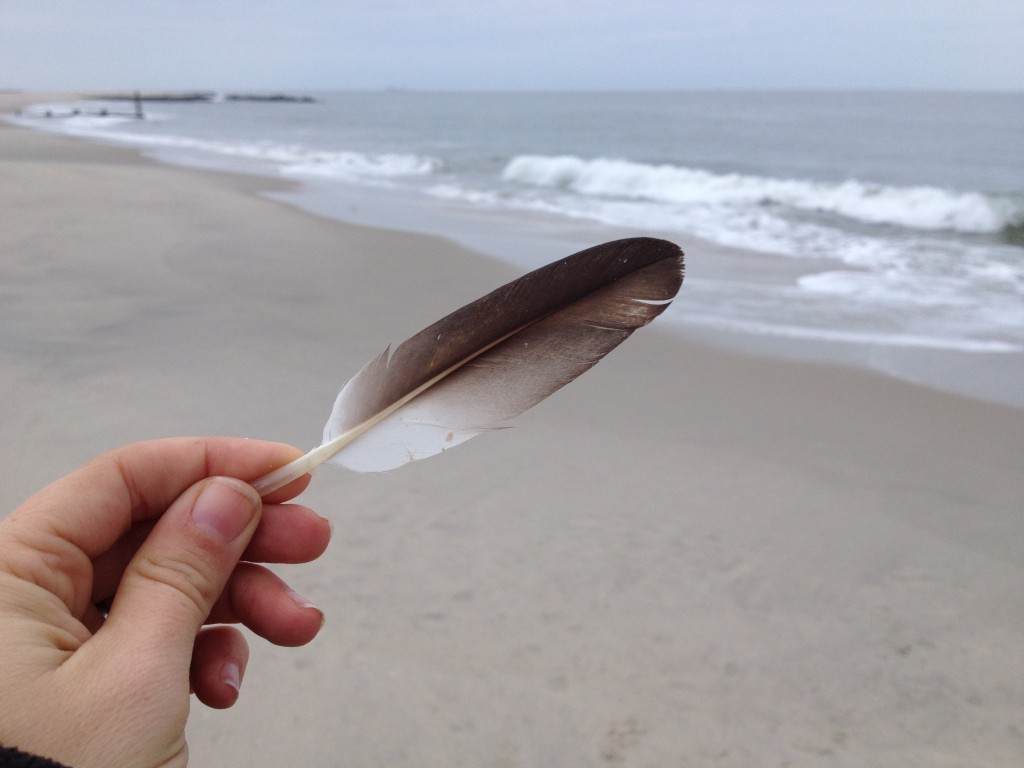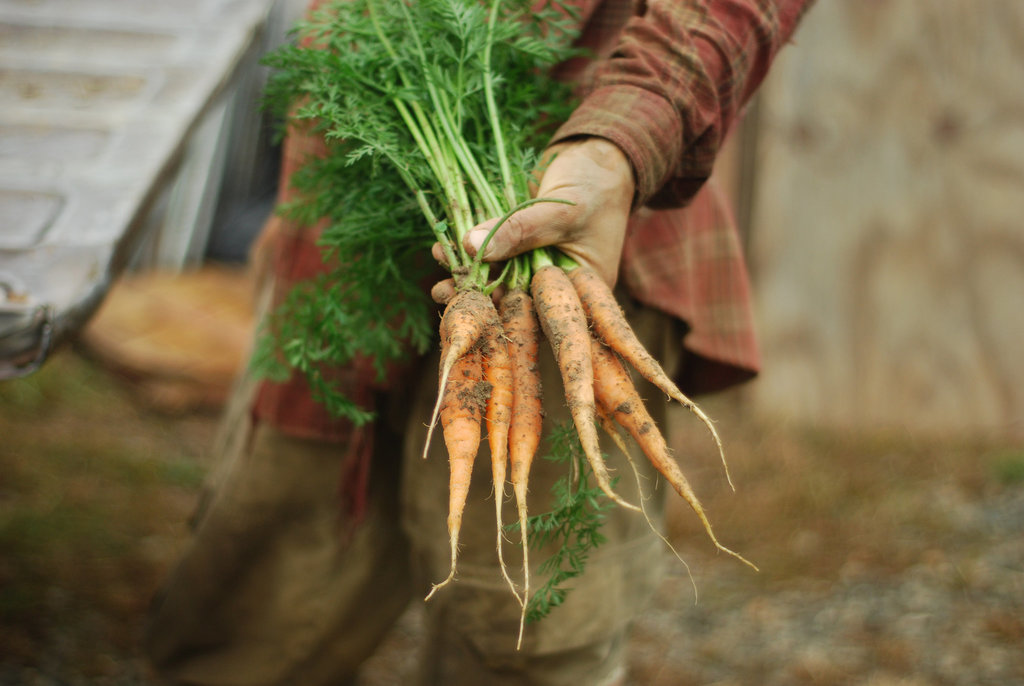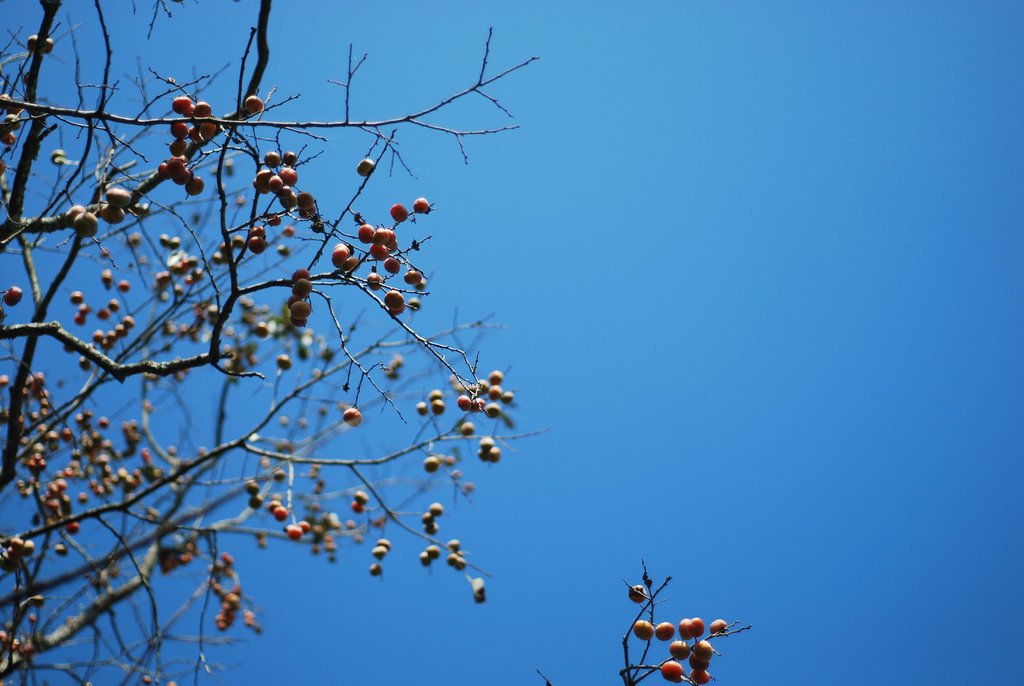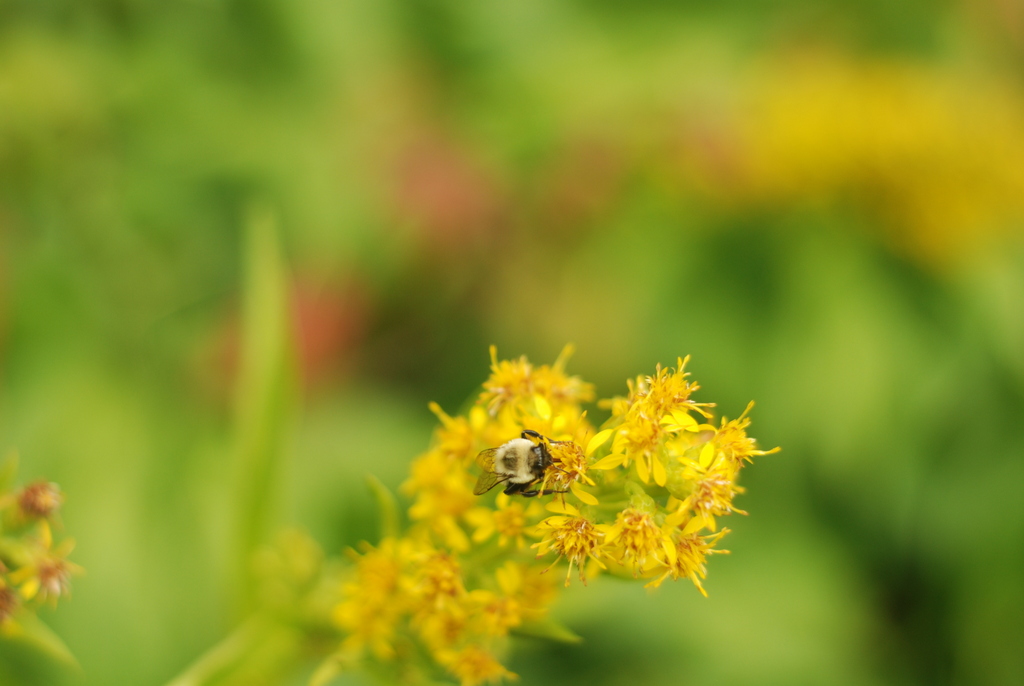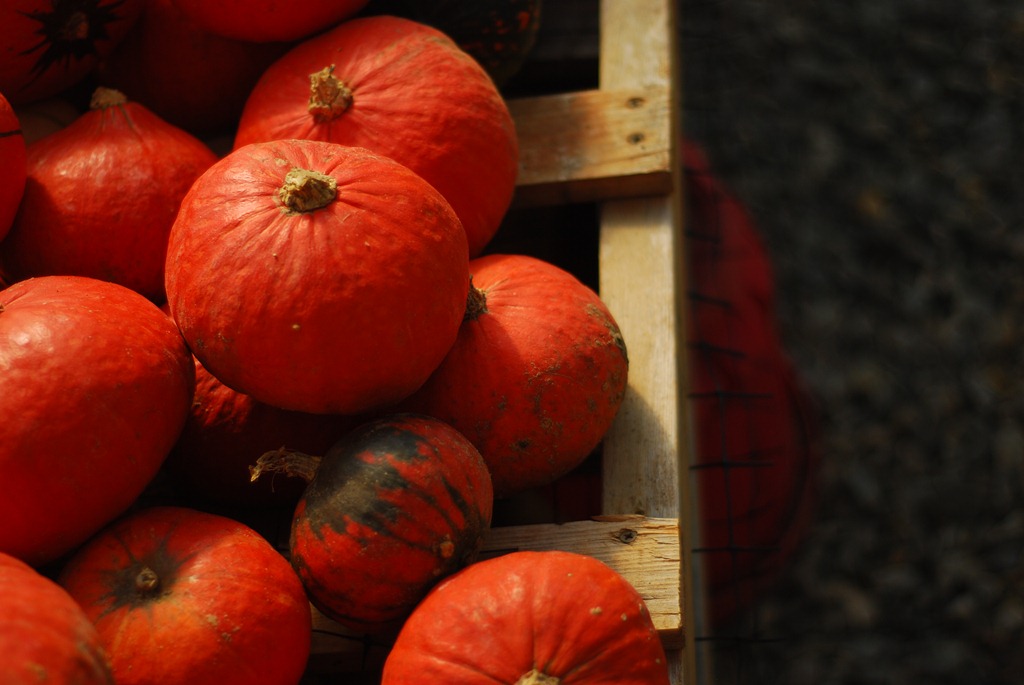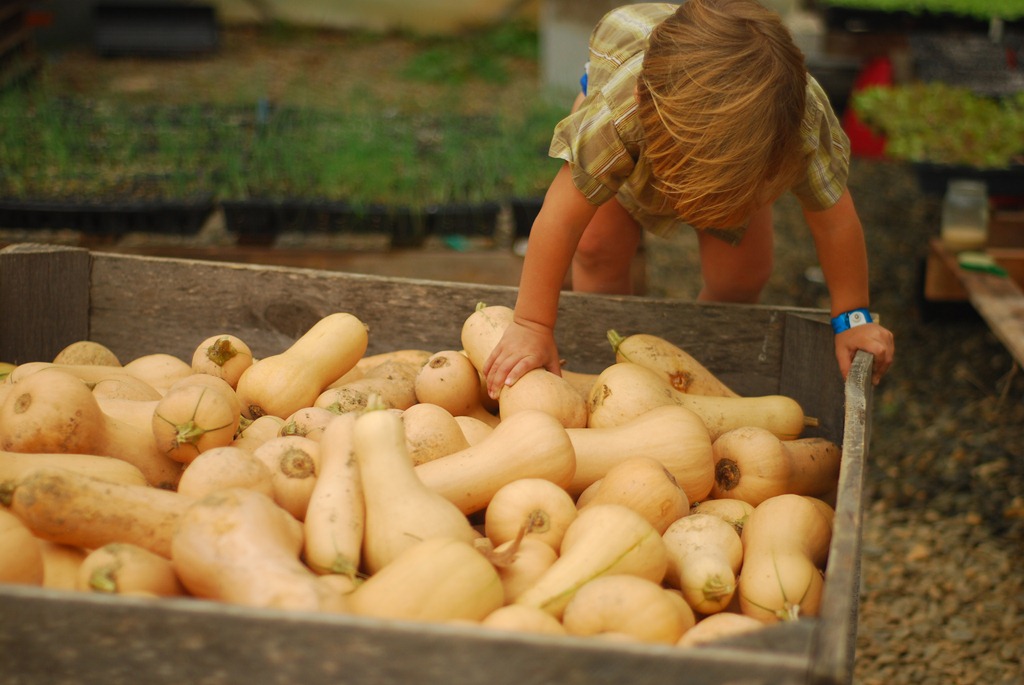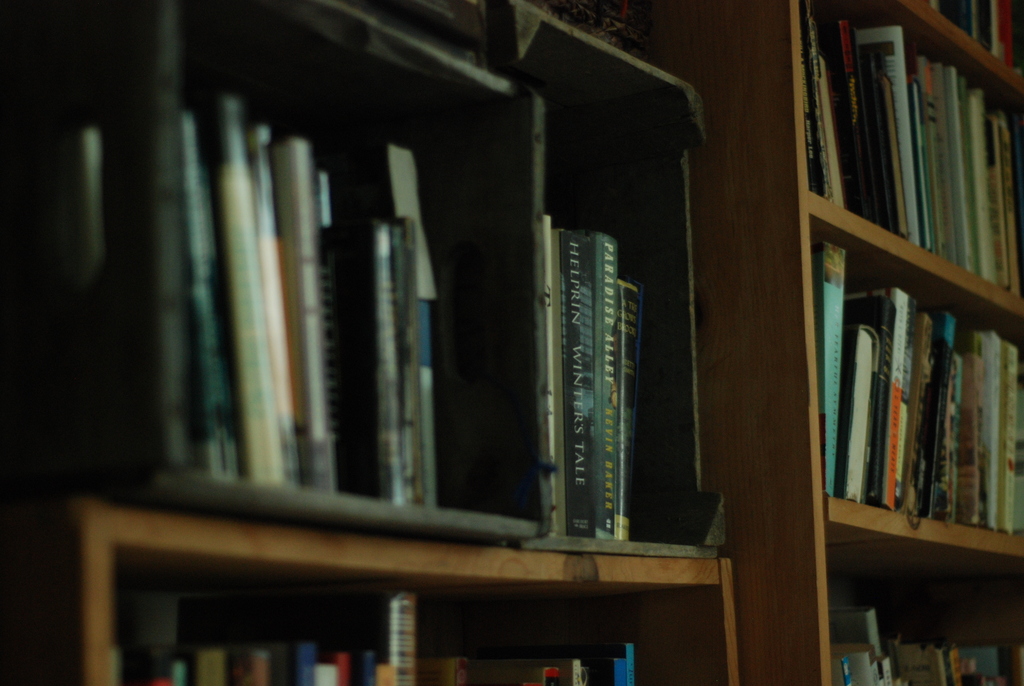
For two or three months this spring and summer I kept my camera close at hand in the kitchen and on the farm, with every intention of joining back up with Heather and others in the This Week in My Kitchen blog hop. I love the idea of these simple everyday photos of what’s happening in our kitchens – a record of what we’ve been cooking and eating, and inspiration for times when I have no idea what to cook. For someone who loves to cook and whose family pays the rent with farm income, truth is, those times strike pretty often. And as to my memory of what we cooked for dinner four days ago, much less this time last year? Burned off like so much early morning fog. Even a partial log of what we ate, of what worked and what didn’t, is truly helpful.
Thing is: I post here so infrequently. If I joined up with the blog hop every week or or even every other week, this website would fast become less about that hoary search for home and belonging and more about my abiding love for pancakes, frittatas, porters, and roasted anythings.
Still, I snapped away. And – inspired in equal measure by the blog hop, by the food logs I kept for my midwives during both my pregnancies, and by Jenny Rosenstrach’s dinner diary – I started keeping a list of our meals and snacks. I am not highly organized or disciplined, and I suspect this effort will fall by the wayside soon enough. But that’s okay. The blog hop photos I’m not posting and the food log have taught me a lot. I’ve learned we eat a lot of mid-day breakfast sandwiches at our favorite deli, where they know us all by name and come to chat with us at the counter when the lunch rush is over. I’ve learned I really do drink a lot of coffee. I’ve learned I don’t have much of a grip on lunch. I’ve learned rock star days in the kitchen beget more rock star days in the kitchen. I’ve learned that salmon no wait just-picked strawberries no wait pulled pork no wait homemade bread no wait tomato sandwiches with mayo and basil no wait a giant bowl of buttery salty green beans with a poached egg on top no wait PEPPERONI PIZZA is my favorite thing ever.
Also, I learned that I did not squander strawberry season, which made me very cheerful.
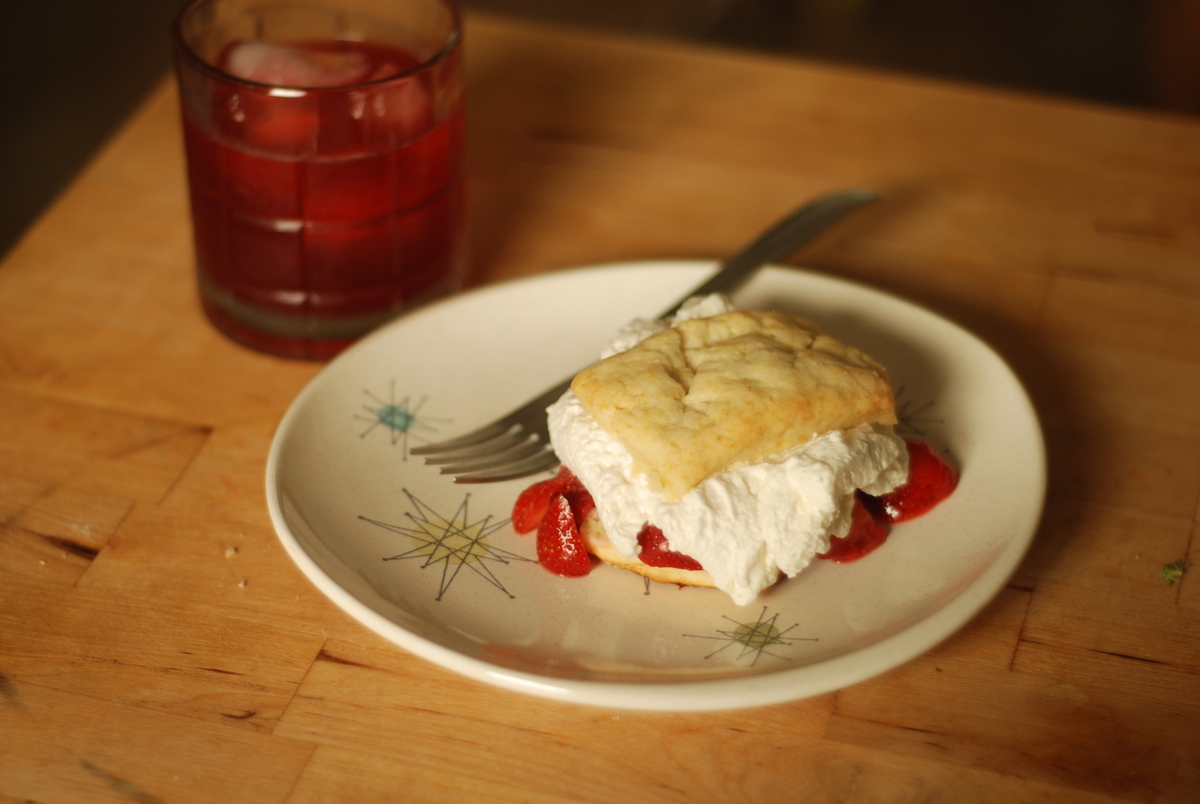
Some of you might remember that last year we lived on a farm with vast quantities of rhubarb that I looked at longingly but didn’t manage to eat very much of. When my dear friends from Norway were visiting we made a simple rhubarb grøt (Porridge! Delicious plain or with a little cream. We spooned leftovers on top of Molly’s everyday cake and that was very, very good.). I half-remember making a pie for the Fourth. I know I drank a startlingly good rhubarb buttermilk soda when I was out to dinner once, one I wanted to try to recreate at home, but instead I just think about it all the time. I digress. Last year was very hard and despite the fields of produce staring at sad old me at every turn, I just didn’t manage to dig very deep.
My May and June 2014 food log tells a different story, I am happy to report: Alice Medrich’s buckwheat shortcakes with sliced strawberries and maple sweetened whipped cream. Strawberries with granola and yogurt. Strawberries on waffles, on pancakes, on French toast. Strawberries in salad. Roasted strawberry buttermilk ice cream. Strawberries on my mother-in-law’s famous poundcake. Runny but perfectly good strawberry jam on toast with coffee (PSA and Note to Self for Next Spring: making jam in the slow cooker is awesome, especially if you have little people about, and Pomona’s Universal Pectin is awesome, but ne’er the twain should meet, because the Pomona’s needs a boil to set the jam). Strawberry cake, twice, at my son’s utterly disarming request. Strawberries in my Gordon’s Cup. Strawberries straight out of the quart box in my lap on the drive home. Strawberries straight out of the fridge at the farm stand. Strawberries straight off the plant. Strawberries for daaaaaays, and days and days and days. It was awesome.
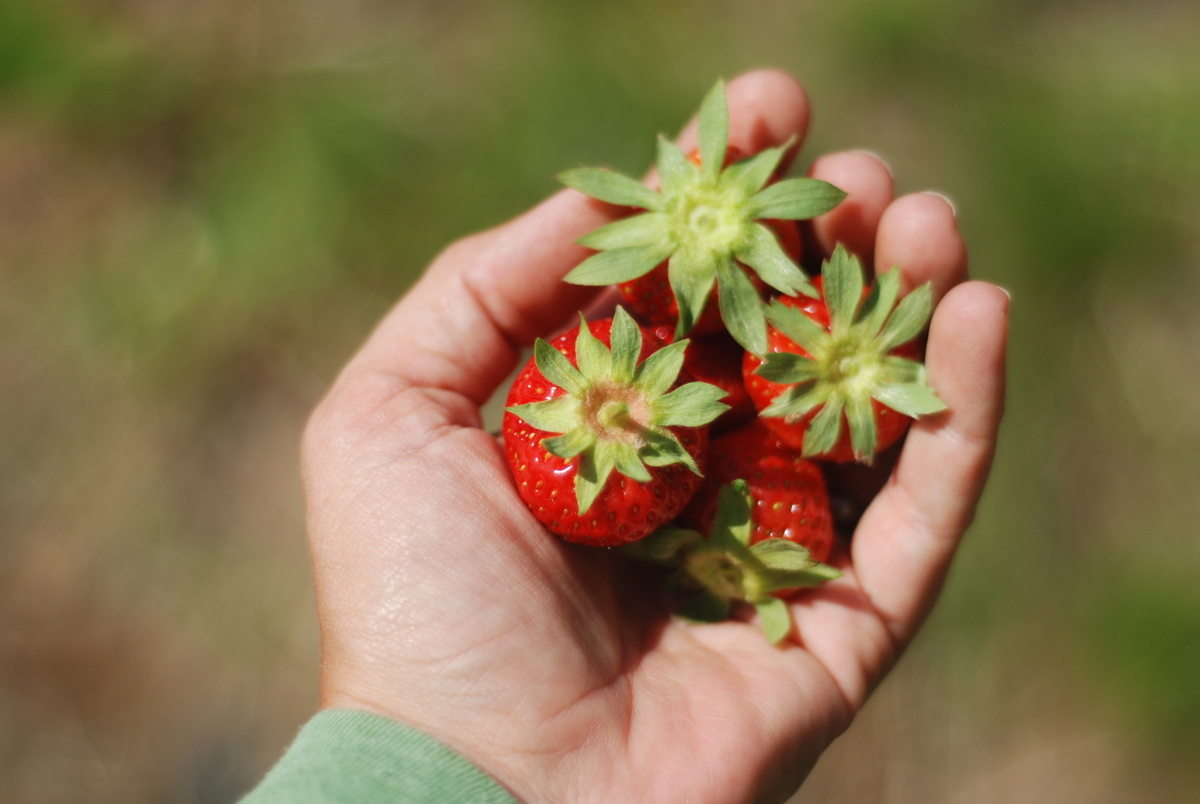
The story of how I came to farming has a lot of threads. For the purposes of this post it’s pretty important to tell the part of the story that begins along a sunny stretch of chain link fence in the courtyard of a shelter in southeastern Queens, where for a few months in 2004 I ran a gardening project with some families. We grew tomatoes and flowers and herbs in containers along that fence, and the kids conducted taste tests to compare supermarket and farmers market produce. The most formative part of the experience, for me, was the interviews the kids did with one another, with their families, and with some of the staff at the shelter. As they took careful notes about favorite foods, childhood gardens, and old family recipes, I began to understand that the dangers of food insecurity swell far beyond the physical. When families lose the intimacy of the family table for weeks or months or longer, when parents can’t teach their children how to make their famous rice and beans because they’re not allowed in the kitchen, when no one has the chance to ask for seconds or thirds of something delicious because dinner is always a thawed tray from an institutional freezer, warmed by someone who may be kind but is never family – the damage can be quite severe.
I began to wonder: is there a confluence of the family support work I’ve been doing and, well, growing stuff? Can gardening or farming support families who are struggling? I’d spent years working alongside families, but my ability to judge the maturity of a zucchini was about as refined as my ability to perform a root canal, teach Arabic, or gut a chicken, which is to say, I was completely incompetent. I decided to take a sabbatical. I wasn’t sure how it would all play out, exactly, but I imagined I’d spend a year – two, tops – working for farmers, before returning to the city to try to bring all these experiences together into some kind of job. I spent the spring of 2006 helping out on some smallholdings in France and Ireland and then landed at a working vegetable farm outside of Washington, DC.
I still remember the sweltering August afternoon when I walked out of the repair shop with some tool I’d been sent after, probably another nut driver or some hose clamps for an irrigation repair. I glanced north toward the hoop house, where this guy who was leasing some land from my bosses worked with his crew, sorting pony baskets of sweet peppers for the next day’s market. His brown arms moved fast and his easy laughter carried across the lawn. He worked with dispatch and good cheer and I realized how little I’d understood about the satisfaction of physical labor. Uh oh, I thought.
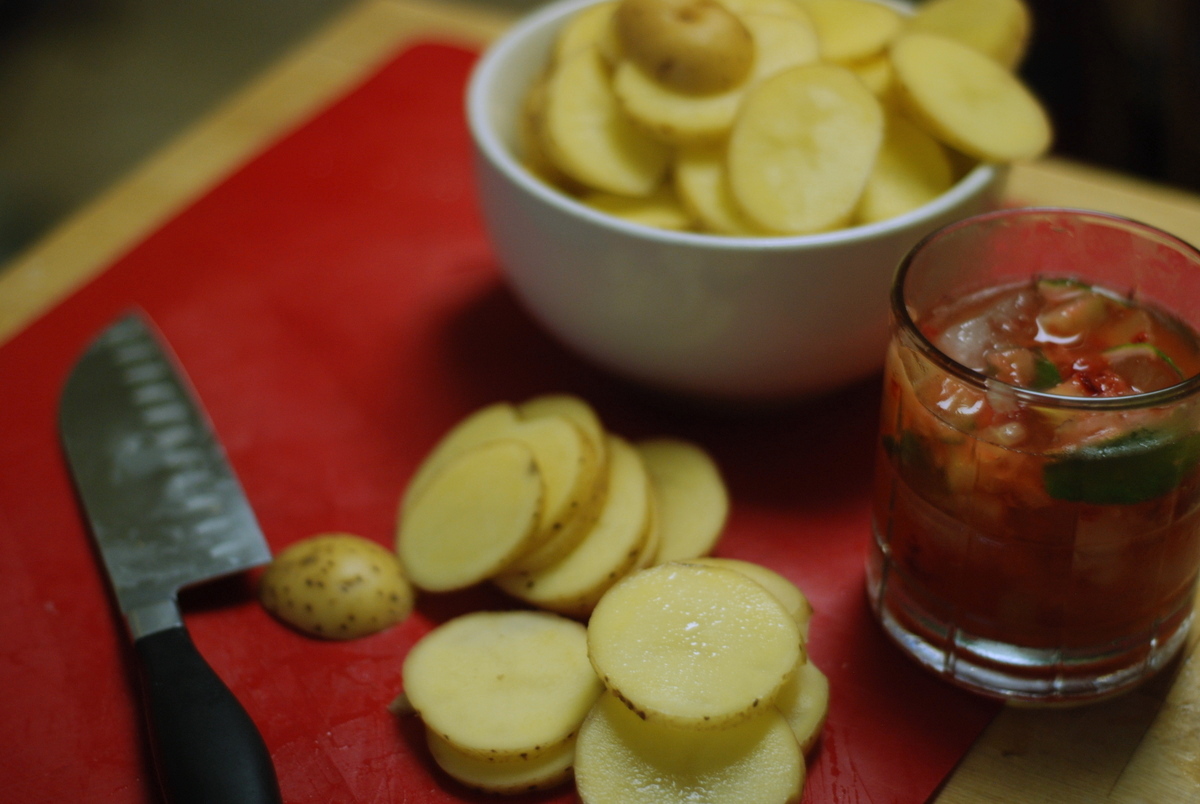
Leaves fell. Snow fell. The next spring I found a job on a livestock farm the next county over. By the end of that year we’d decided to marry and to become business partners, and a few months after that we closed on our own farm. We built a greenhouse, and laid out our fields, and hired a crew, and started a big CSA, and sold at markets, and had a baby, and watched him grow, and fed him from our fields, and put down roots, and wondered if the deep joy of building a community around our own farm was worth the financial struggles. I never forgot about the kids in Queens. But helping to keep our business afloat and parenting very small children took everything I had.
And now, well into my ninth year on a farm, I am finally catching my breath. My children are still quite small, but I’m not working on the farm anymore. I’m looking at it all – my plans, our plans, the merits of local agriculture – with a little bit of distance. And I am beginning to think we place too much import on seasonal eating.
Of course it’s meaningful. A tomato I picked right before lunch, an egg my chicken laid this morning, or the lettuce your farmer woke up long before dawn to pick in time for market really does taste better. And while, officially, the jury is still out on the matter, for me there’s no doubt that the nutrition in that dead ripe tomato I just picked is superior to the nutrition in a tomato grown in a hothouse in California, picked green and hard as a rock, shipped across the country, and gassed with ethylene so that it is a uniform deep red when it’s unloaded in the stockroom of my local ShopRite. The strawberries I ate in the field in early June made me smile the way you do when you remember a kiss. The giant strawberries in the 2-lb clamshell my son reaches for now at the supermarket taste flat and make me grumpy.
What a privilege! I can put the clamshell back down and tell my son October strawberries don’t taste very good, and we can drive to the farm where my husband works and pick sugar sweet Nelson carrots right out of the ground, or select a couple butternuts from the farmstand for our favorite soup. Or, for Pete’s sake, maybe I’ll just buy the damn strawberries. I’m sure the nutritional gap between those perfect June fruits and these October understudies is just a sliver, compared to the chasm between either one and the donuts or Goldfish he would also be quite content to wolf down. Do I fret too much?
It’s impossible to avoid these flights of contemplation as I survey the autumn bones of our garden or walk the farm, coffee in hand. Summer’s dewy flush is long gone. A few tomatoes will hang on until first frost, but their leaves are yellowing with blight. Most of the fruiting crops have been mowed and turned back into the soil, and my husband is planting grasses and legumes, to hold the soil in place, replenish nitrogen, suppress weeds, and improve tilth. The farm, so lush not two months ago, is about to get very brown and very muddy. Even so: autumn eating is my favorite. I could eat my weight in winter squash and sweet potatoes and kale. Stews and roasts and braises fill me right up. On the days when I manage to think about what’s for dinner before 5pm (which, frankly, is pretty hit or miss), I can start that soup in the slow cooker, or put a roast in the oven, or spend five minutes chopping cabbage and carrots for this braise (throw some chicken thighs and drumsticks in there too), and then boom, dinner cooks itself. I love that!
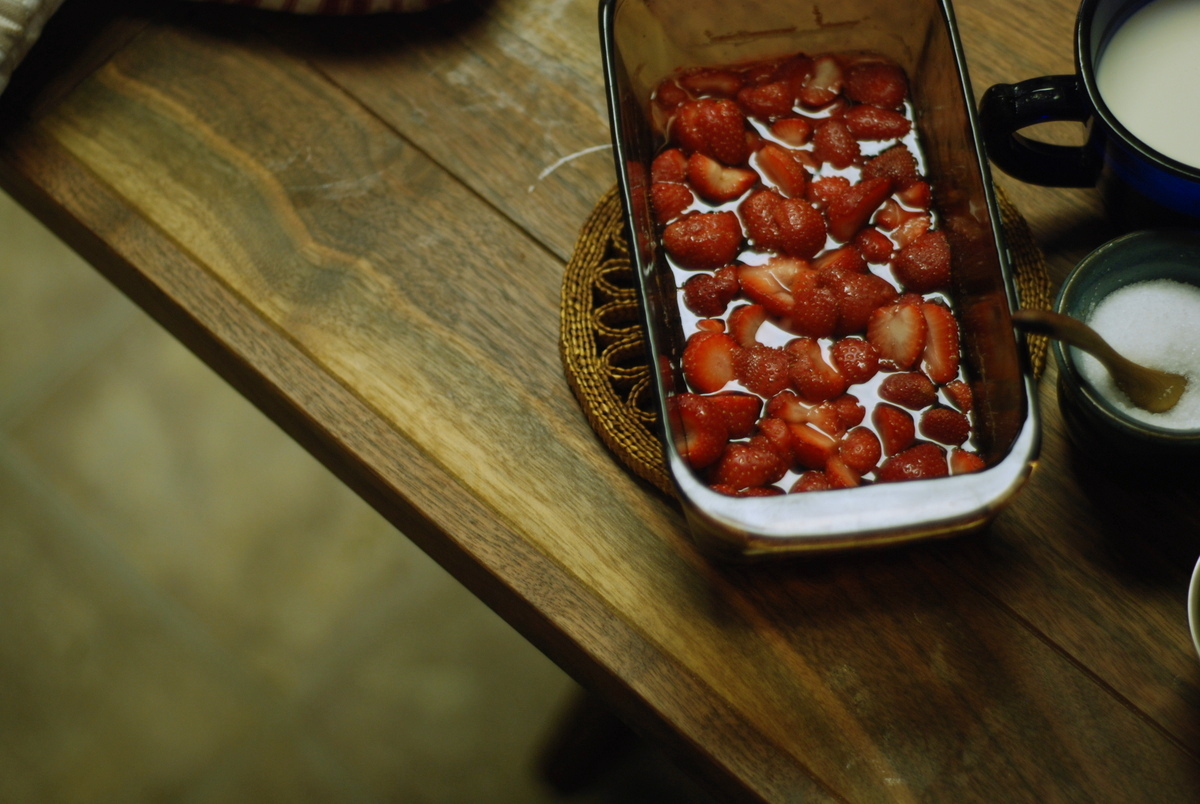
It seems silly to ignore the pleasure that autumn ingredients and cooking methods bring me. It seems silly, too, to ignore the easy bounty of fresh produce that is always available to us. I think all families can provide something wholesome or formative for their kids, something that comes easy. Maybe you live in the woods and only have to open the door to get outside. Maybe you live in the city and there is no way for your kids not to take in all those bodies and colors and voices and kisses and think of them as normal. Maybe you have a great relationship with your in-laws who live across town and they watch your babies while you work. Maybe your husband is a farmer and the countertops are always heaped with whatever is growing. You know?
Also: I’m deeply proud of my husband’s work, and I deeply miss what our family life looked like back in our Virginia days. Eating the vegetables my husband grows, when he grows them, is a way to celebrate him and also the way we became a family.
This food feeds us, belly and soul. I know that. And yet – I don’t think it can feed everyone, and I know I feel uneasy about that. Without turning this into a sob story, I think it’s worth acknowledging that most small scale farmers struggle to make ends meet. But we’ll always have food on the table, which is just not true for so many people. Right now I have way, way more questions about food and hunger and community than I came to farming with.
Look: I know I’m speaking from a somewhat ragged place. We left a farm that couldn’t pay our bills, and I’ve written over and over again about how hard it was to leave our land and the rhythms our family life took on there. But I lost my community too: CSA members, farmers market customers and staff, fellow farmers with whom we shared equipment and shipping costs and pest control strategies and so, so many meals. I think I’m only just now understanding the cost of losing those daily relationships.
Because that’s the thing, isn’t it? The thing that’s so hard about moving, the thing that makes it worth forging through six pounds of CSA eggplant week after week, the thing about teaching your kids how to make your famous rice and beans: we belong to each other. In a chapter of my life when I’ve known a lot of loneliness, in a world where so many people are displaced by disaster or avarice, in a time when so much online grandstanding and so many incomprehensible injustices make it feel easier and safer to retreat than to reach out – I choose belonging.
And so today I went to the grocery store with my kids and I bought some coffee and cheddar cheese and three kinds of Halloween candy. And then we stopped by the farm for carrots and sweet potatoes and leeks and turnips. We drove home, and as we turned onto our street, we could see our friends from New York, here for the weekend, unloading their car. We hugged and carried the babies and groceries inside. My husband grew some delicious food, and tonight I put it in a pot with some oil and salt and heat. My friends handed me some braised beef they’d brought with them, the last roast from their own cow, and I added that too. Later we moved the pot to the kitchen table, grabbed some bowls, grabbed some beers, and ate. Together.
No fretting.


